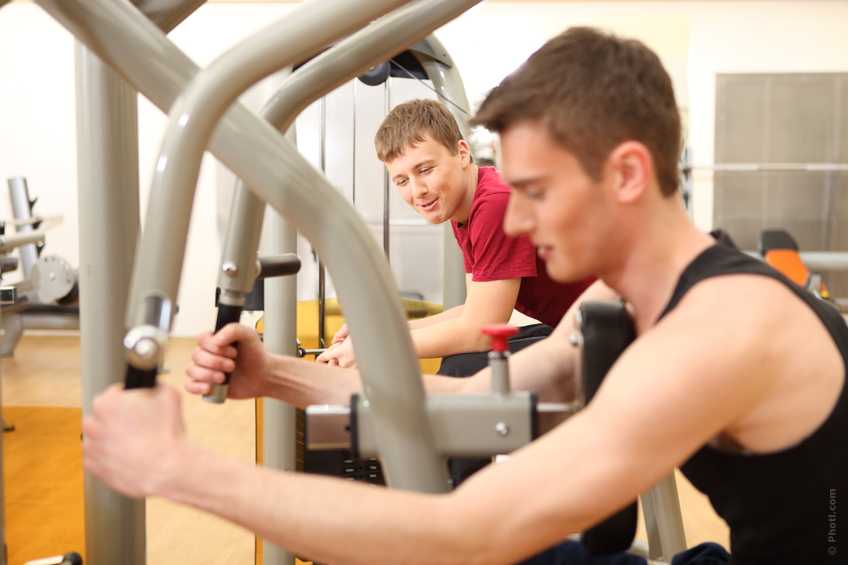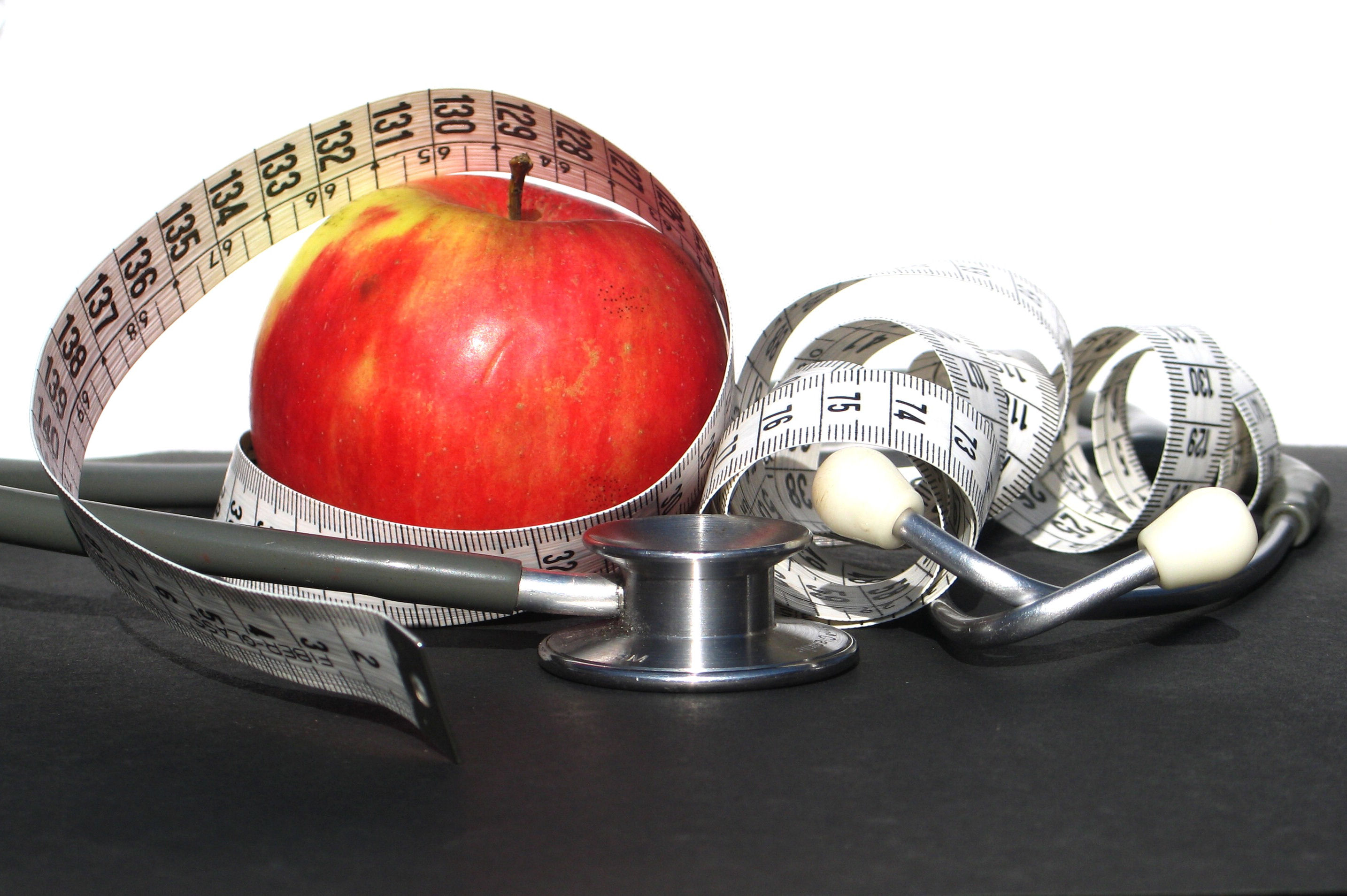Interval Training Workouts for Weight Loss
Interval training is a popular method for increasing workout intensity to burn more calories and lose weight (body fat) faster. By definition, interval training is physical exercise routine that intersperses bursts of high-intensity (vigorous cardiovascular or aerobic) work with periods of lower-intensity work. The high-intensity periods should match your fitness level (longer high-intensity intervals for advanced exercisers). Strive to workout for at least 20 minutes (including warm-up and cool-down).
Interval training basics
You can engage in an interval training workout using a variety of exercise machines (stationary bicycle, treadmill, elliptical trainer and/or rowing machine) as well as outdoors. Interval training is used in many sports’ training. The American Council on Exercise (ACE) recommends performing at least one (if not two) circuit or interval training workouts weekly to overcome weight loss plateaus and challenge your body. Interval training takes your exercise routine to a new level. The recommended methods for making the high-intensity intervals ‘tough’ include increasing resistance, speed or incline. A simple interval training cycle might involve cycling at a higher resistance level/faster pace for one minute and then reducing the resistance level/slowing your pace for two minutes. You’ll repeat this cycle several times depending upon the length of your workout.
Interval training: Importance of RPE
Use perceived rate of exertion (RPE) to gauge how hard you are working (1 = easiest, 10 = most strenuous). Begin your interval workout with a 5-minute warm up on your cardiovascular machine. Begin your interval training workout with a 5-minute warm up (RPE of 3 to 4) followed by 20 to 30 minutes of cycles alternating high-intensity periods with shorter, less intense or ‘recovery’ periods. During the high-intensity periods, work at a RPE of 7 to 8 and during the less-intense periods, work at a RPE of 5 to 6. End your workout with a 5-minute cool-down at a RPE of 3 to 4.
Boot camp interval training
Have you ever participated in a boot camp-style workout? These high-energy group workouts often more sophisticated interval training. During a boot-camp style workout (in a gym) you might engage in cardiovascular intervals (jump roping intervals followed by recovery jogs). Another method is to combine interval training with circuit training. You can do this yourself or in a small group. Circuit training basically involves going from one exercise to the next, doing different exercises on using various exercise equipment.
Interval training plus circuit training
Combine both styles of training by performing one set (in fairly rapid sequence) of three to five challenging strength training exercises (after a 5 minute warm-up). Sample exercises might include squats to overhead presses (with dumbbells); straight-leg push-ups with alternating dumbbell rows (one row after each push-up) and alternating lunges with bicep curls.
Next, jump on a piece of cardiovascular equipment, such as an elliptical trainer for about six or seven minutes, alternating high intensity 30 second ‘intervals’ (faster speed and higher tension) with lower-intensity recovery periods for 45 seconds to one minute. Immediately complete another set of your three to five strength training exercises (do the same exercises, choose different exercises that target the same muscles or alternate upper and lower body focused exercises). Keep in mind that compound exercises (such as squat to overhead press) are time-savers as they work multiple muscle groups simultaneously. All the while, your heart-rate remains elevated since you are never really ‘resting.’
After the second set of strength training exercises, jump on another piece of cardiovascular exercise equipment, such as a rowing machine, for another six to seven minutes for interval training. Again, alternate 30 seconds of faster rowing periods (and/or increasing tension) 45 second to one minute periods of ‘recovery’ rowing.
Do this one more time with another set of three to five strength training exercises and another six to seven minutes of interval training on another cardiovascular exercise machine, such as a treadmill. Finish this workout with a 5-minute cool down. At the end, you’ve completed a 45-minute to 1 hour workout that blasts calories and fat. Interval training, with or without circuits, keeps the intensity and pace high throughout your workout.
Interval training benefits
Two of the most significant and rewarding benefits of interval training are that it beats boredom and torches more calories in less time, aiding in weight loss. Scientific studies indicate that interval training workouts build muscle endurance more quickly than traditional (static) workouts.










